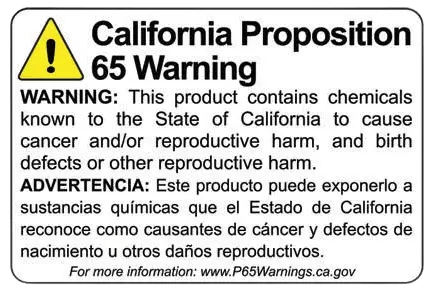How Heat Shrink Protects Wires
Heat shrink tubing is a versatile and effective method for protecting wires and cables. Here are several ways in which heat shrink tubing protects wires: Insulation: Heat shrink tubing provides an additional layer of insulation around wires, helping to prevent electrical shorts and protect against electric shock. Mechanical Protection: The tubing adds a layer of […]
Automative Uses For Heat Shrink
Heat shrink tubing has numerous applications in the automotive industry due to its versatility and protective qualities. Here are some common automotive uses: Electrical Insulation: Heat shrink tubing is frequently used to insulate electrical wires and connections, preventing short circuits and protecting against electrical interference. Wire Bundling: It helps organize and secure bundles of wires, […]
Marine Uses of Heat Shrink
Heat shrink tubing is a versatile material widely used in marine applications due to its ability to provide a protective, insulating, and sealing layer. Here are some common marine uses of heat shrink: 1. Electrical Insulation and Protection Wiring and Cable Management: Heat shrink tubing is commonly used to insulate and protect electrical wiring on […]
What Industries Use Heat Shrink?
Heat shrink tubing is used across a variety of industries for its protective and insulating properties. Here are some of the primary industries that utilize heat shrink tubing: Electronics and Electrical Engineering: Heat shrink tubing is widely used to insulate wires, providing protection against abrasion, cutting, and environmental factors. It is also used for color-coding […]
When Do You Need Heat Shrink Tubing?
Heat shrink tubing is used in a variety of applications where insulation, protection, and organization of wires and cables are required. Here are some specific scenarios where you might need heat shrink tubing: 1. Electrical Insulation: Wire Splices and Joints: To insulate connections between wires, preventing short circuits and electrical faults. Exposed Terminals: To cover […]
How is Heat Shrink Tubing Made?
Heat shrink tubing is a versatile material used for insulation, protection, and bundling of wires and other components. The manufacturing process of heat shrink tubing involves several key steps: 1. Material Selection Heat shrink tubing is typically made from polymeric materials such as polyolefin, PVC, fluoropolymers, and elastomers. Polyolefin is the most common material due […]
Heat Shrink Uses in Aviation
Heat shrink tubing is widely used in aviation due to its versatility, reliability, and protective properties. Here are some key uses of heat shrink tubing in the aviation industry: Electrical Insulation: Heat shrink tubing is primarily used for insulating wires and cables, preventing electrical shorts and enhancing safety. This is critical in the aviation industry, […]
Plastic Injection Molding Uses
Plastic injection molding is a versatile and widely used manufacturing process with numerous applications across various industries. Here are some common uses: Automotive Industry: Producing parts like dashboards, bumpers, and interior panels. Medical Devices: Creating components such as syringes, implants, and housings for medical equipment. Consumer Goods: Manufacturing items like toys, kitchen utensils, and packaging […]
Environmental Protection of Cable Entry Seals
Cable entry seals play a crucial role in ensuring the environmental protection of cables, which is essential for the integrity and reliability of various installations. Here are the key aspects of how cable entry seals contribute to environmental protection: Preventing Ingress of Water and Moisture: Cable entry seals are designed to prevent water and moisture […]
Typical Challenges of Cable Entry Seals
Cable entry seals are crucial for protecting equipment and maintaining safety in various applications, from industrial settings to residential installations. However, they come with their own set of challenges: Environmental Protection: Water and Moisture Ingress: Ensuring seals are watertight to prevent water damage to electrical components. Dust and Debris: Keeping dust and other particulates out […]


